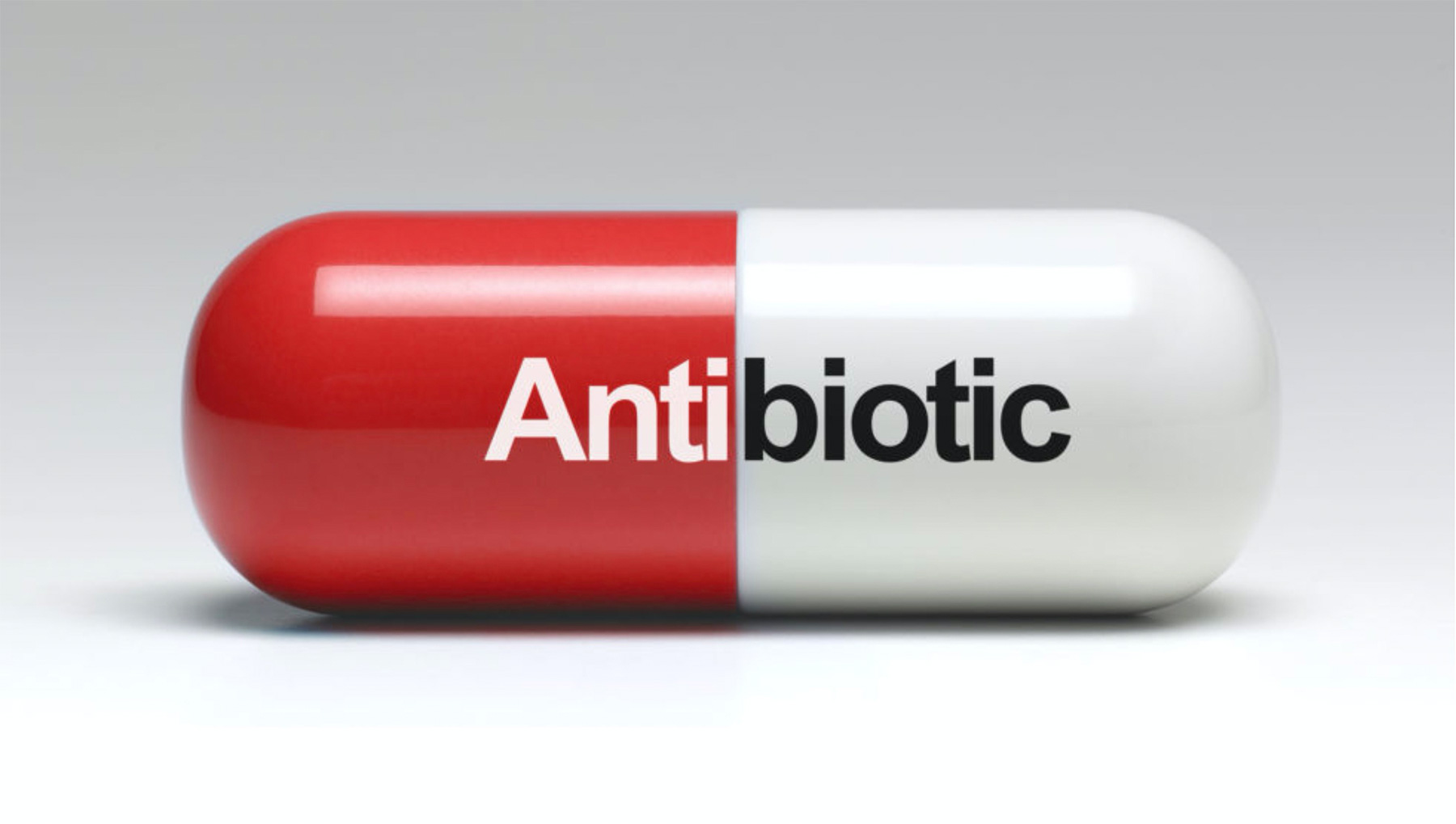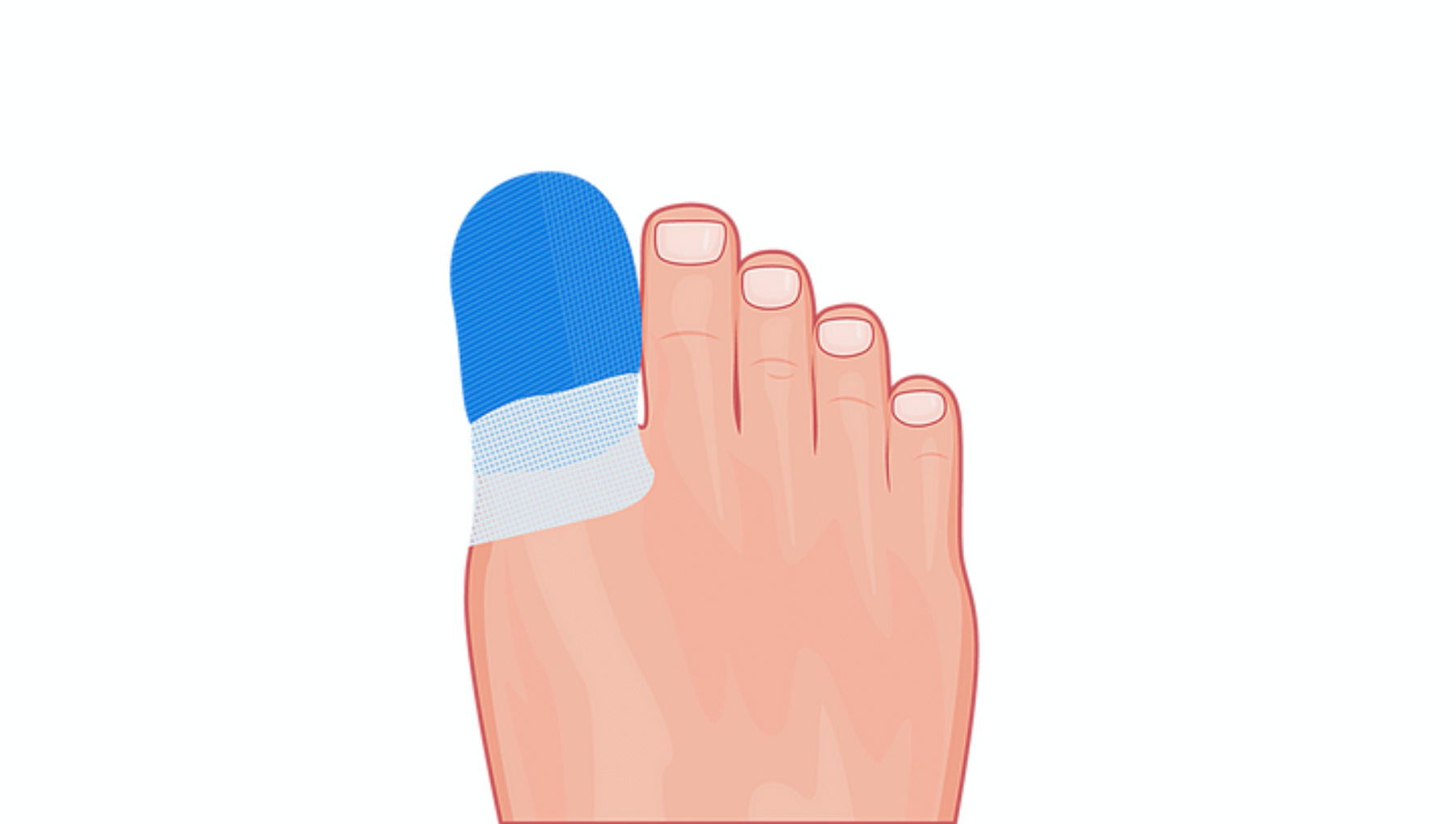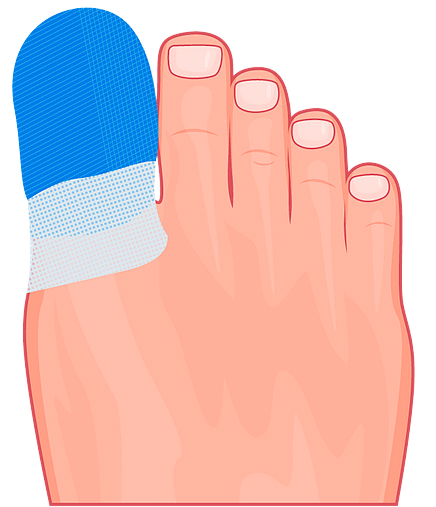Historical practice involves almost routine use of antibiotics for those with a painful ingrown toenail despite a lack of clinical trial evidence supporting their routine use. In my experience, for the vast majority of ingrown toenails, oral antibiotics are not required as part of treatment. This is also true following minimally invasive nail surgery such as a Partial Nail Avulsion with phenol matrixectomy. 1,2
From clinical observation, it’s obvious that oral antibiotics are helpful in treating infection and pain associated with an ingrown toenail but they don't address the cause; the penetrating nail edge. Without first removing the offending nail edge, it's very likely that those suffering with an ingrown toenail may require multiple courses of antibiotics to manage the recurring infections. As long as the nail stays embedded into the adjacent skin, it will prevent timely healing and allow a portal for ongoing infection once a course of antibiotics has finished.
Imagine an ingrown toenail acting as a tiny knife in your toe; if you were stabbed with a knife, would you expect the wound to heal without first taking the knife out?
Carefully trimming away the offending nail portion is the most important step in the treatment of an ingrown toenail, irrespective of the level of infection. Typically, once the offending nail portion is removed, the skin can heal and the infection will clear. Unless the infection is severe (e.g. extending cellulitis), or there are underlying medical conditions affecting the body's ability to fight infection, topical antiseptics like Betadine are usually enough to resolve the infection associated with an ingrown toenail once the offending nail portion has been removed.
Heidelbaugh JJ, Lee H. Management of the ingrown toenail. Am Fam Physician 2009;79:303–8.
Haneke E. Controversies in the treatment of ingrown nails. Dermatol Res Pract 2012;2012:783924
If you’ve already had one course of antibiotics and your ingrown toenail has not fully resolved or comes back, you should seek the advice of a suitably trained health professional such as a podiatrist. Likewise, if you cannot safely cut away the offending nail portion yourself, you should seek professional advice and treatment.
Disclaimer: This blog piece is of a general informative nature and not written to give treatment advice for any individual case. If you’ve been recommended oral antibiotics from your healthcare provider I urge you to follow their advice and/or seek a second opinion ASAP. There is no underestimating the importance of individual assessment and advice by a health care provider.






